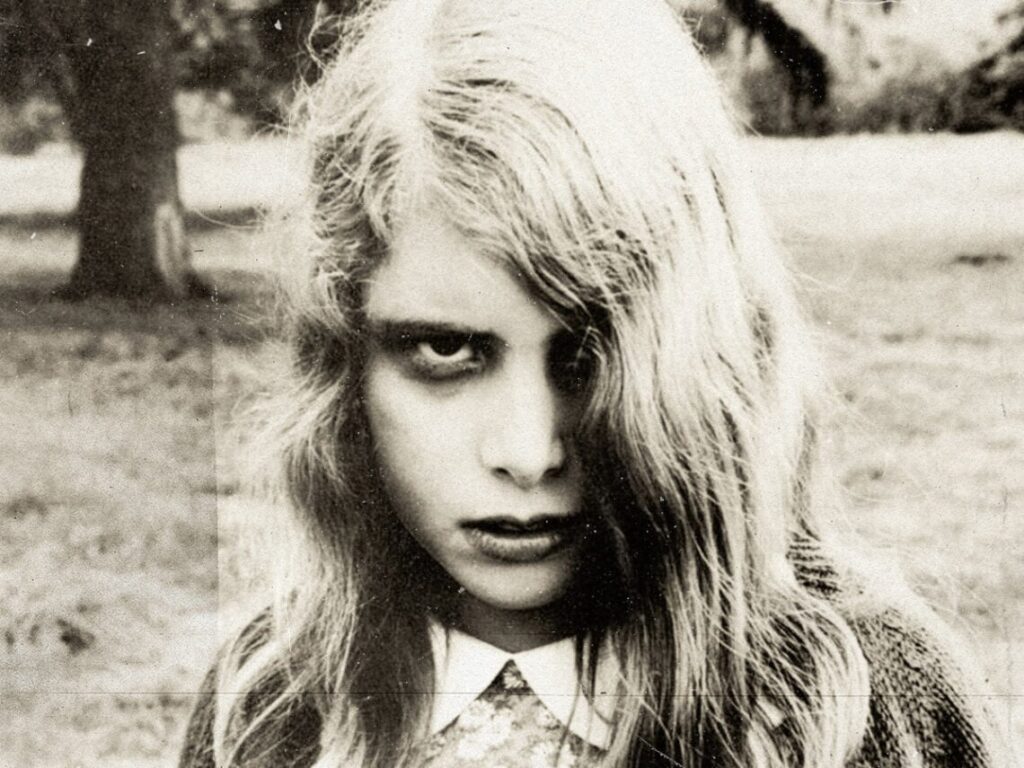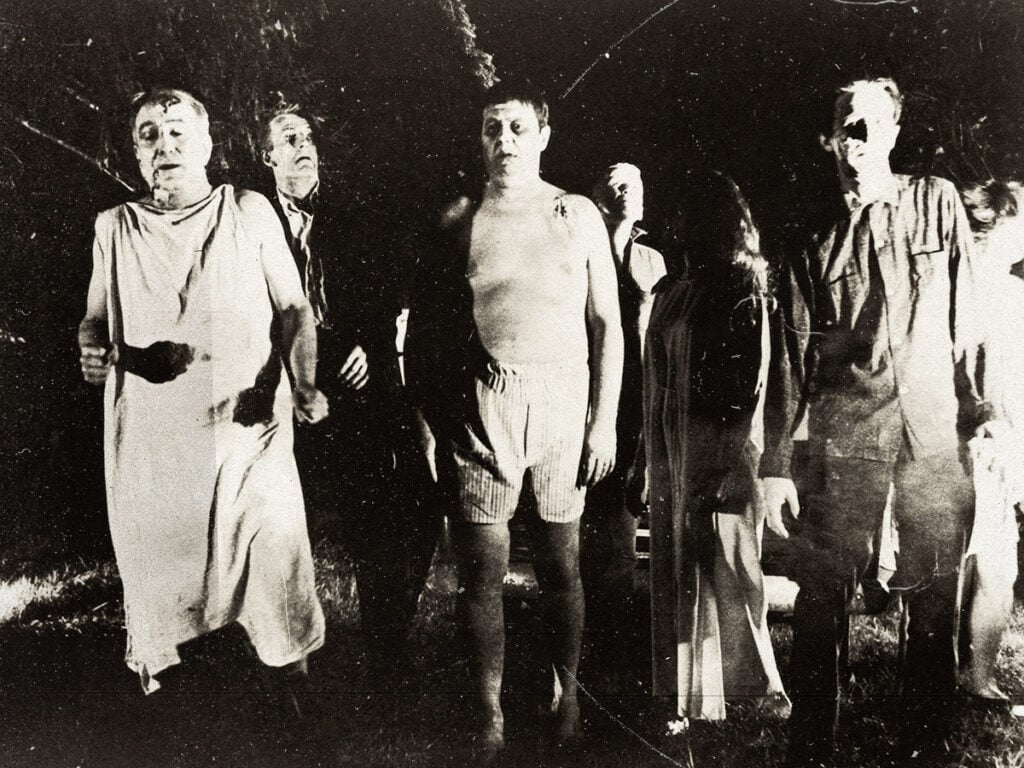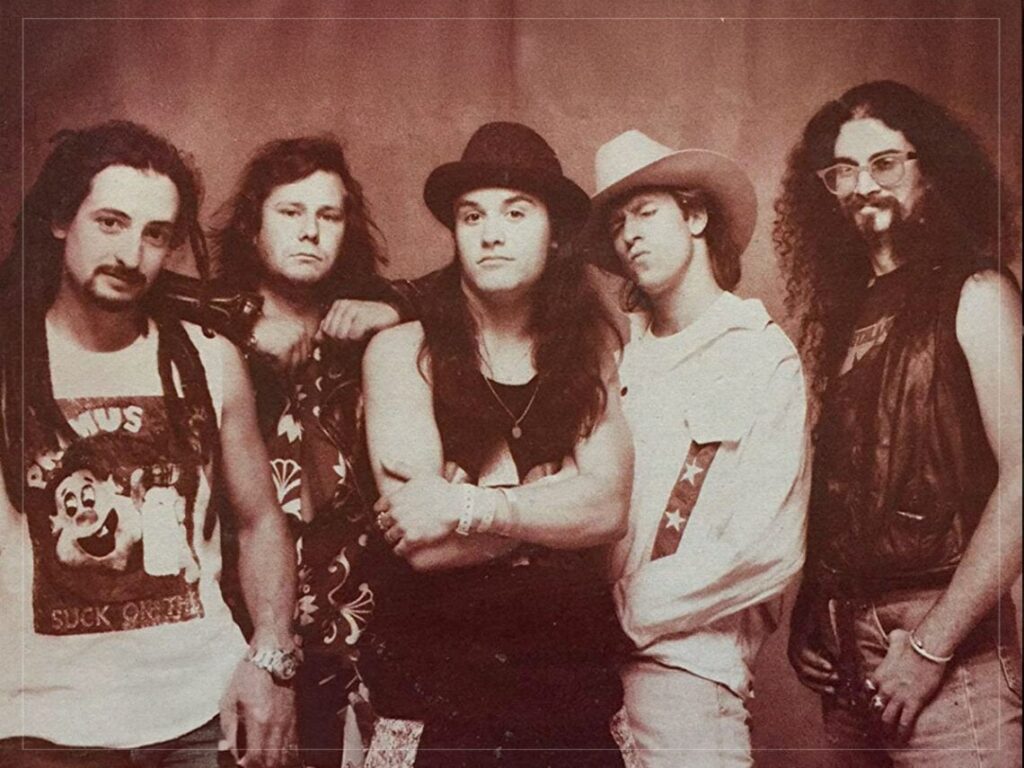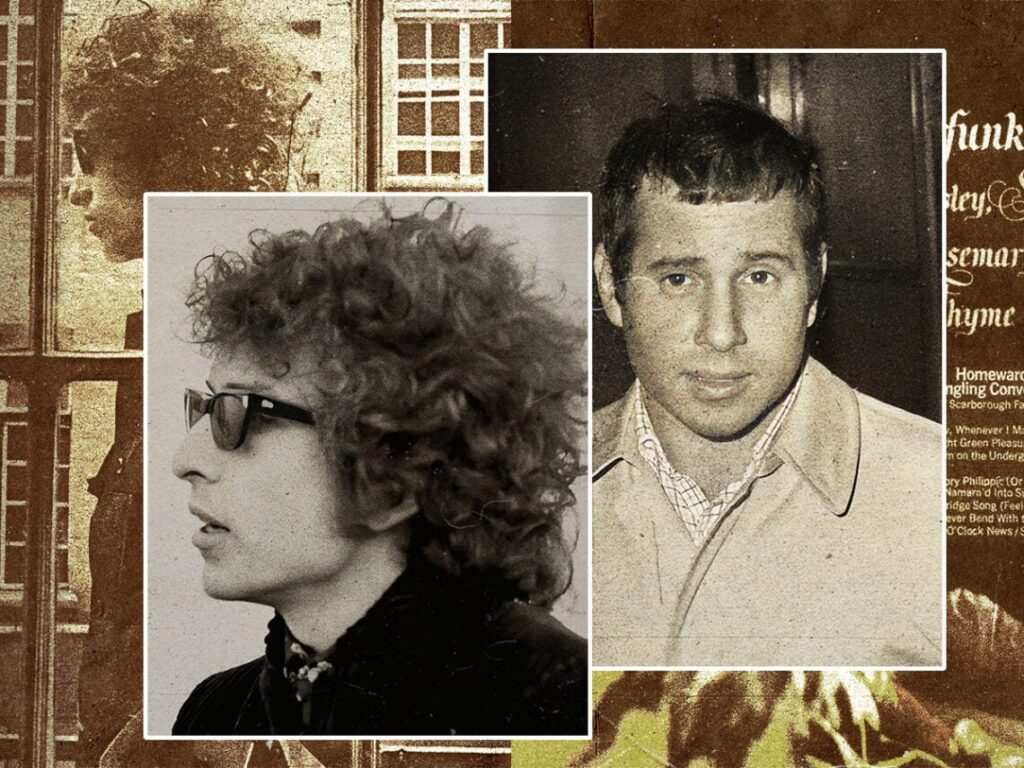The portrayal of masculinity and gender roles in ‘Night of the Living Dead’
 Posted On
Posted On
(Credit: Far Out / Image Ten)
In 1968, George A Romero’s debut feature, Night of the Living Dead, shocked viewers with its low-budget and slightly schlocky approach to the horror genre. This wasn’t a polished movie by any means – the characters run about as a shaky handheld camera follows their movements, while the black-and-white film stock serves to make the zombie makeup look more realistic – but that’s what makes it so brilliant. The DIY sensibility that bleeds off each frame makes the movie feel more terrifying than if it was a big-budget production, and since its release, it has endured as a highly influential piece of cinema.
However, it’s hard to separate the zombie flick from its complex study of gender, more specifically, how masculinity and race are explored within the film. Not only is it rare for a horror movie to feature a Black protagonist in the 21st century, but it was even more groundbreaking for Romero’s 1960s thriller to have an African American man leading the action. Black characters have rarely been given leading roles in the horror genre, and while Romero assures that he didn’t make the movie with themes of race and gender at the forefront of his mind, the portrayal of each character reveals a lot about such in late-1960s America.
The movie has a fairly simple plot: a young woman witnesses her brother getting attacked by a zombie, which subsequently chases her and leads her to hide out in a farmhouse, where she meets Ben. The two attempt to survive the zombie outbreak, soon discovering that several others are hiding out in the basement. The fight for survival (and power) ultimately leads to further death and destruction as the zombies scratch at the doors and claw on the windows. Yet, as the action plays out, so do interesting commentaries on the roles of men and women, including depictions of how race intersects with these gendered differences.
It is not by chance that the two main characters, Barbra and Ben, are almost complete opposites. Barbra is a white, blonde woman portrayed as weak and emotional, while Ben is an African American man shown to be powerful and confident. Yet, thrown together in a farmhouse where they only have each other as a means of survival, they must work to prevent the zombies from getting in. Barbra slips into a catatonic state due to shock and grief, while Ben takes control and acts efficiently and practically. At first glance, it might appear as though Barbra is a helpless damsel in distress, but her reaction is understandable – she’s been through a lot in a very short space of time.
We’re soon introduced to a few more characters who are hiding in the basement, including the Cooper family. Here, we get to see toxic masculinity rear its nasty head as Ben and Harry, the Cooper patriarch, instantly clash. Is Harry intimidated by Ben? It seems as though Harry thinks that because he is a white man (and a husband and father), he should be in charge, yet Ben’s natural leadership tendencies instantly cause tension between the two. Romero’s film seems to suggest that masculinity in its most toxic and unchecked form, as well as racism, is just as terrifying as zombies lurking outside the window.

While this might not have been Romero’s intention, this interpretation isn’t hard to argue against. It is Ben’s gunshot that kills Harry, not a zombie, proving that the drive for power between the two men is more dangerous than the threat of the living dead. The women in the film are depicted in caregiving or passive roles, something that has been criticised by many, and while it is certainly true that the women are given less agency than the male characters, this only serves to highlight the way that male ego dominates the film.
When the police (all white men) come to the farmhouse, they are filmed from above, and for a second, it looks as though they are the zombies charging towards the house in search of flesh. This shot seems to make the group of men appear villainous and bloodthirsty, and as they approach the farmhouse, this is confirmed when they shoot Ben without hesitation, assuming he is a zombie.
So, Ben and Harry both die because of a need for power – by men – not because of zombies. It is also hard to separate themes of police brutality and racism from this final scene, where Ben is shot so quickly by white officers who don’t even give him a chance to show that he’s a living human.
In the end, all of the characters die, with the youngest member of the group, a child named Karen, eating the remnants of her father’s body. This feels symbolic of her regaining a sense of power after being confined to the basement as Harry and the others argued upstairs, unable to decide where was safest. Karen might have been a helpless little girl for most of the film, but in her final moments, we see an act of defiance and ruthlessness.
The stereotypes that define each character in the film are played with and pulled apart, with Romero seemingly perpetuating some ideas of race and gender before questioning them a moment later. Night of the Living Dead reveals many interesting ideas about masculinity, femininity, and race, which feel indicative of a changing landscape. The civil rights and feminist movements were in full swing, and the face of modern America was transforming.
[embedded content]
Related Topics


